Queen Creek Epoxy flooring is often used in garages and industrial flooring settings. Epoxy is made of resins that, when applied, coat and protect the floor from damage and debris. Durable epoxy flooring provides a waterproof barrier, is resistant to chemicals and chemical spills, can withstand mold and oil contact, and does not require much maintenance at all to keep clean and functioning.
Barefoot Surfaces knows all too well about tire marks and what to do to get rid of them, here we give you some tips and tricks to clean your epoxy floor coatings.
Although it can endure many of the common damages that other floors can not, tire marks become an epoxy floors nemesis. The perfectly clean and coated floor becomes a race track and path of rubber resistance. Simply pulling in to the garage or leaving too quickly can leave you with tire marks all over. Unfortunately they require a stronger method of cleaning than mopping alone to get your epoxy floor back to spic and span – without the use of harsh chemicals, which is a major win.
Many of our clients (and you if you are reading this) wonder how the small amounts of rubber actually transfer to the epoxy floor and what to do to get rid of them. The most frustrating part of the entire experience is more than likely how ugly the black tire prints are making your once gorgeously clean epoxy floor.
The reason that tire rubber can stick to epoxy flooring is because of plasticizers. That is basically a big fancy word for polymer (plastic) compounds that are used in the tire industry to create a more flexible rubber material. This new flexible compound allows the tire to have more traction and helps to keep it soft and pliable in all types of weather. The heat from driving tends to make these aforementioned plasticizers relax and leak out of the tire. Once driven and revved back up, the tires leave these black and oily marks on the epoxy coating.
Although the most common reason that these stains occur are driving in and out of the garage, if a car sits for long periods of time in one spot, the same thing can occur as the oily plastic bits seep out of the tire, but at a much slower pace.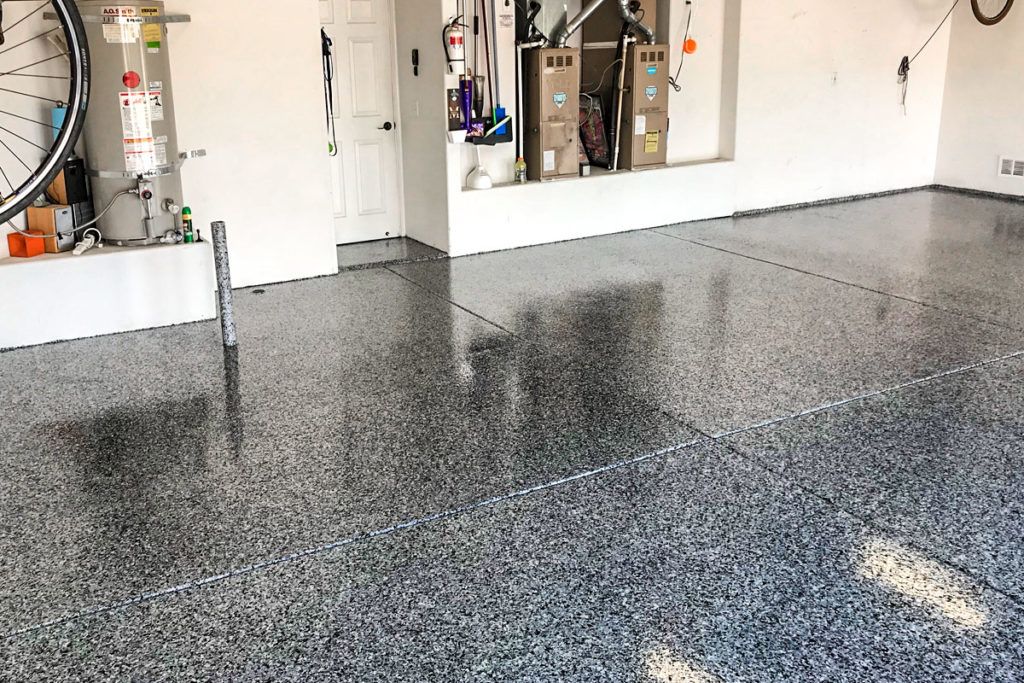
Queen Creek Epoxy Floor Coatings & Garage Remodels | Barefoot Surfaces
Watch this video on YouTube
I’m sure you are curious how easy is it to remove tire marks from your Queen Creek garage epoxy floor. Of course much of it depends on the quality of the epoxy floor coating in Queen Creek and how long the tire marks have been there before you decided to try and get rid of them. We’ve met a lot of procrastinators along the way.
If you had a high quality sealer coated on top of your epoxy floor, the easier the clean up. When an epoxy floor sealer cures it creates a cross linking pattern that gives the sealer strength and density. The greater the strength and density of the sealer, the less chance that these tire marks will create a permanent home on your garage floor. Basically we are saying that there is less of a chance of the plasticizers seeping further into the epoxy floor coating than just remaining on the surface.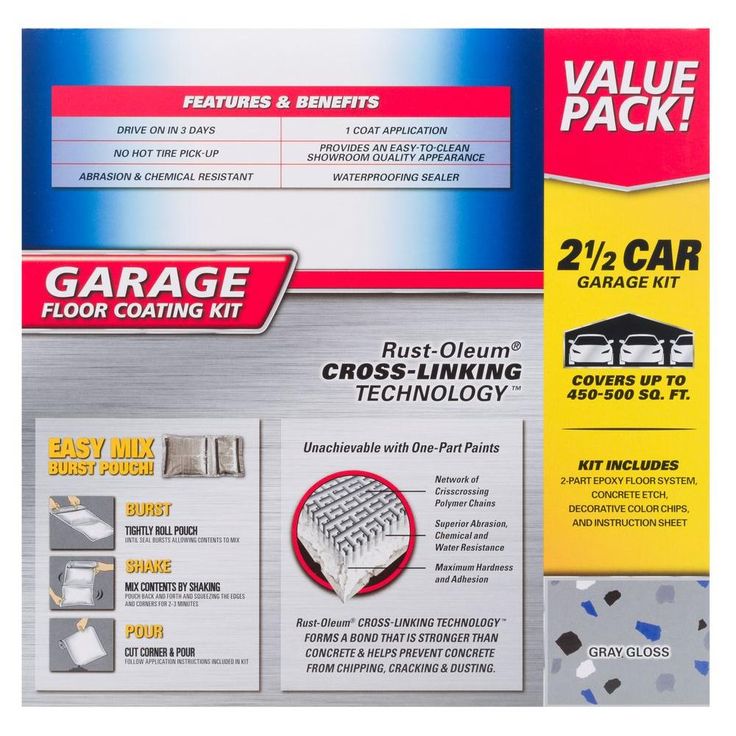
It is not always difficult to remove these annoying tire marks and can usually be remedied with soaking the area for a few minutes first with a heavy duty cleaner such or a concrete degreaser (which is designed to get rid of problems like this). One you’ve let it soak for a few minutes – we suggest 10-15, a stiff bristle brush should do the trick to remove the tire marks. Note of caution: don’t scrub too hard if you are using a Brillo pad or the like – sometimes this can take of the high gloss finish of the sealant. As a worst case scenario and for the trickiest stains you can try Goo Gone as well, found at most hardware stores.
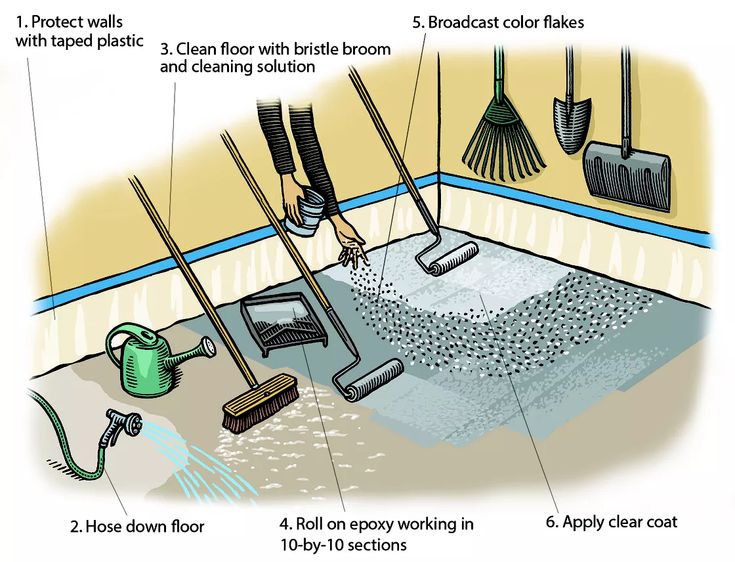
Voila! Brand new epoxy flooring. For more information about patio epoxy floors in Queen Creek, our contractors can help! Call Barefoot Surfaces today!
Published By:
Barefoot Surfaces – Ric Ramirez
740 E Redondo
Gilbert, AZ 85296
Phone:602-931-7656
Email: [email protected]
Website: https://barefootsurfaces.com
Posted: July 20, 2016
If you happened to have recently redone your garage floor or driveway, the last thing you will want to see on your fresh epoxied floor is tire marks. However, tire marks are more than common in car garages, even on brand new epoxied ones.
There are three different types of tire markings that you can get in your garage.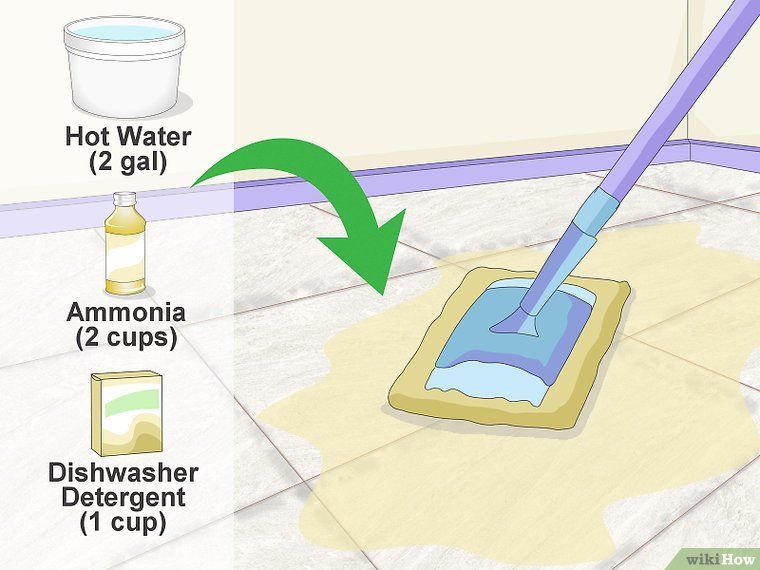
To understand how to clean tire marks of your garage floor, you'll first need to understand what tire marks are.
Most often tire marks on concrete garage floors or driveways are caused by hot tires. For example, if your car has been sitting in the garage for a while, your tires will be cold to touch. However, if you've just parked your car inside your garage, after going to the mall or for a drive, your tires will be hot to touch. This is because heat builds up in your tires due to a friction between the tires and the road.
Tire manufactures use plasticizer to soften your car tires. Plasticizers are a combination of polymer compounds and other chemicals that are used in the tire industry to create a more flexible rubber compound. This flexible compound will give a tire more traction and help to keep it soft and pliable in cold weather. However, when you park your hot tires on your garage floor, these plasticizers start leaking from the tires into your concrete floor.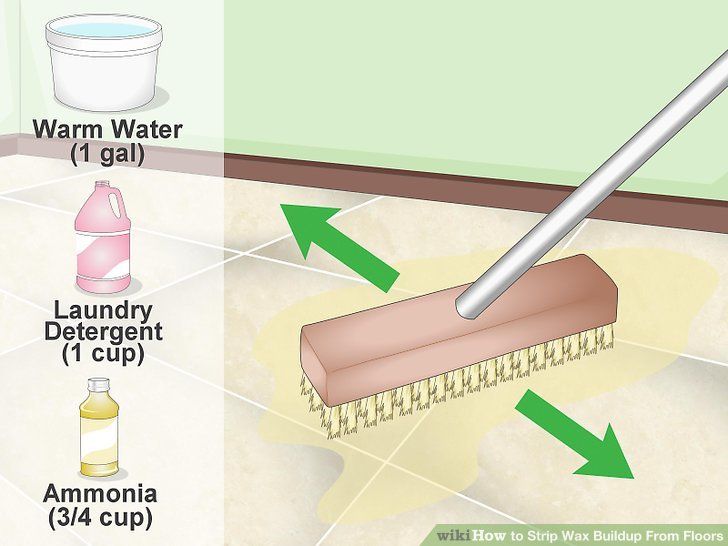
When your car is in your garage or driveway, your tires tend to be in contact with the same spot in the garage every night. Over time, you will end up seeing four tire marks on the spot where your car tires sit on your garage. This is due to the plasticizers build up on your concrete garage floor.
And if you think high quality tires will not leave marks on your floor, think again. High quality performance tires, use higher quantity of plasticizers.
When your car tires are hot, they expand. When they cool down, they shrink. Because of the weight of the car and the shrinkage of the tires, just a wee bit of the concrete sealer or the epoxy coating is pulled off the concrete garage floor. This builds up over a period of time as the car is pretty much parked at the same spot every night.
This can be most noticeable when you have a coating on your floor that has not bonded with the concrete floor. When that's the case, your car tires can lift a big chunk of the coating when you drive off.
Let's face it, roads are not the cleanest places. When you drive, your tires collect whatever is on the road, from oils, dirt, rocks and even roadkill.
When you drive in, your tires are going to leave some of that on your driveway and your garage floor. They are easy to detect as they are streaks. Thankfully they are also not that hard to clean.
So how easy is to remove tire marks from your sealed garage floor or driveway. Well this really depends on how long the tire marks have been on the floor and on the quality of your topcoat. The secret to easily removing tire marks is, to remove them as soon as they appeared.
The easiest way to attempt removing tire marks is to soak the area for a few minutes first with a good cleaner or a concrete degreaser. After it has soaked, use a semi stiff nylon bristle brush to scrub the tire marks. Avoid if possible using a scrub pad as these can de-gloss the finish.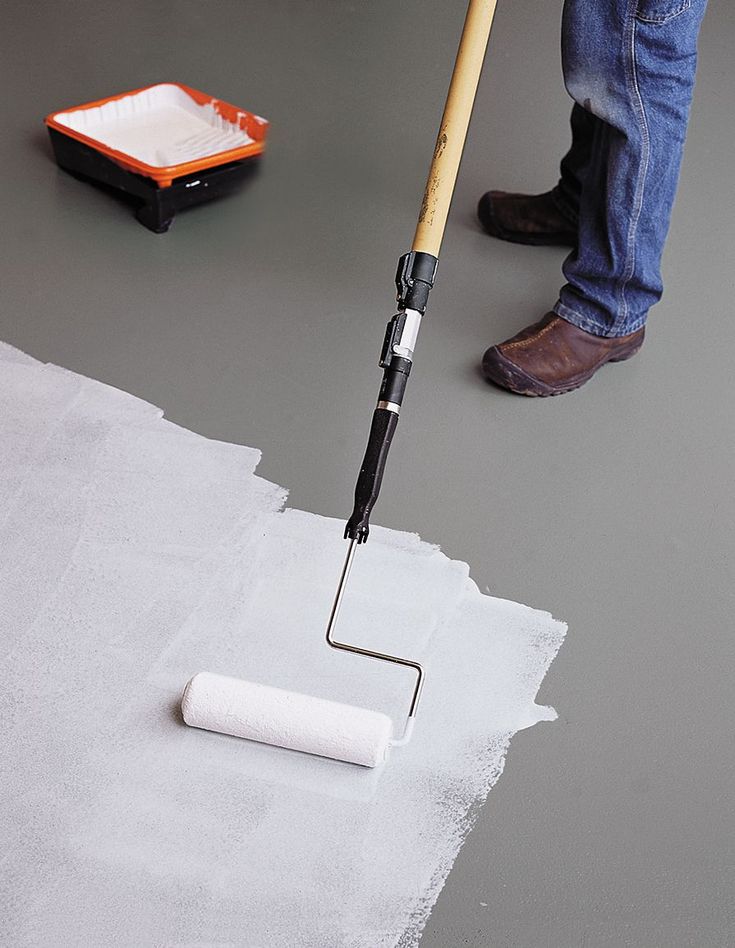 Don't be surprised if the tire marks don't disappear from the first time. It can take a lot of soaking and scrubbing, depending on how long the marks have been on the floor.
Don't be surprised if the tire marks don't disappear from the first time. It can take a lot of soaking and scrubbing, depending on how long the marks have been on the floor.
If this method doesn't work or the build up is quite big, you can always use a product designed for removing tire marks.
The best way to prevent car tire markings is routinely cleaning your garage floor. Using a mop with mild detergent once or twice a week will prevent any build ups or staining.
Lastly if you are not big on driving and your car tends to sit more in your garage than moving on the road, you can always place carpet, carboard or nylon sheets under your tires. Anything really that you can easily discard after awhile.
Supplier of materials and solutions for industrial floors
8(800) 333-63-888(495) 649-63-88
Feedback polymer floors need care, like any other element of the building.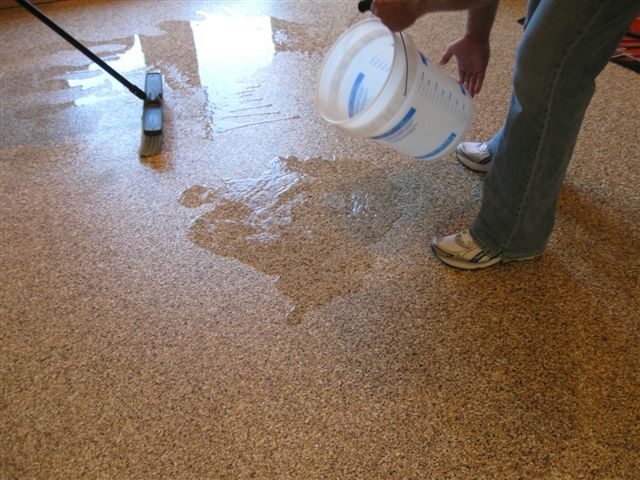
An important element of keeping the floors in proper condition is the constant maintenance of the cleanliness of the coating at the proper level. This is due not only to the requirements of an aesthetic nature, but also to the need to comply with sanitary and hygienic standards, as well as to increase the life of the floors. The fact is that dirt has a heterogeneous structure and, in combination with liquids, can form an aggressive (acidic or alkaline) environment that will constantly corrode the coating, and when the coating is mechanically loaded, sand and other inclusions act as an abrasive. Epoxy floors have a practically non-porous structure, dirt and detergents do not penetrate the material, remaining on the surface. However, it should be borne in mind that this does not fully apply to coatings based on aqueous systems (matt) and coatings based on materials diluted with a solvent, in these cases the surface has some porosity, which, with prolonged exposure, can absorb various solutions. When treating these types of coatings with detergents, preliminary tests are strongly recommended.
When treating these types of coatings with detergents, preliminary tests are strongly recommended.
To prolong the life of the floor covering, it is desirable to comply with the most common limitations due to the nature of the polymer.
Resin floors, unless specially manufactured, are not designed to withstand concentrated strong acids and alkalis. In places of constant possible spills of aggressive substances, we recommend installing pallets. Spills of water with a long stay on the surface in the form of puddles are not desirable. It is advisable to immediately clean up any spill by doing a wet cleaning. The reason is in the mechanism of formation of aggressive substances associated with the ingress of bacteria and moisture from the air into the spilled liquid. As a result, acid can be obtained from a harmless liquid in 4-6 hours. This is exactly what happens, for example, with spilled milk or powdered sugar. If it is not removed within 1-2 hours, it will "ferment", forming an acid. But if acid or other solutions are spilled for a long time, then, naturally, some of them will seep inside, the concentration on the surface may increase due to the evaporation of the diluent. This must be avoided. If you just immediately wipe up the spills and do wet cleaning regularly, then the floors will last a very long time, there will be no stains.
But if acid or other solutions are spilled for a long time, then, naturally, some of them will seep inside, the concentration on the surface may increase due to the evaporation of the diluent. This must be avoided. If you just immediately wipe up the spills and do wet cleaning regularly, then the floors will last a very long time, there will be no stains.
Two-component products, such as concrete floor coatings, based on epoxy and polyurethane binders, usually reach full cure under normal conditions within a few weeks. At lower temperatures, curing slows down, so the material does not withstand contact with water during the first days and even weeks of curing. Therefore, the first wash is recommended only after the coating has fully cured.
Cleaning technology depends on the size of the room: a small room (for example, in offices) can be processed manually, medium and large rooms are usually serviced mechanically.
Special attention should be paid to the removal of hard-to-remove dirt (traces from shoes, sticky dirt, chemical dyes, etc.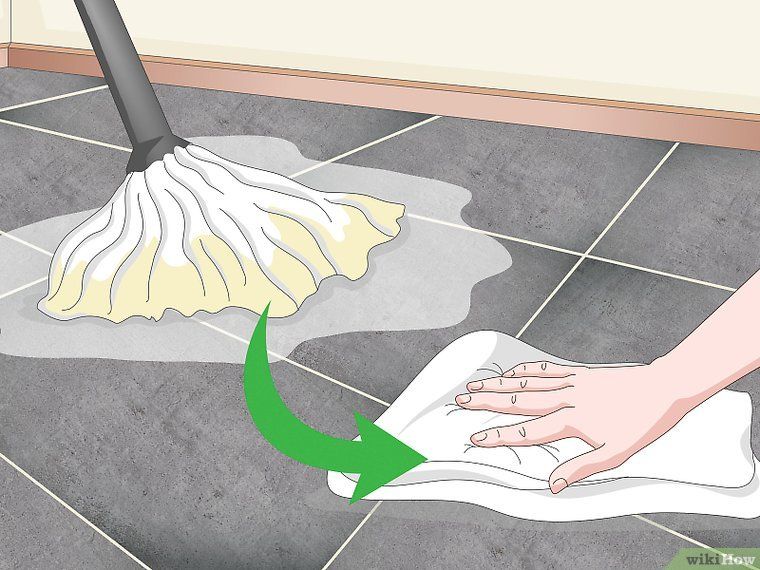 ). In this case, the best cleaning method is to use strong detergents, or a cleaner used in thorough cleaning of floors, but without diluting it with water. It must be remembered that a strong agent should not be left on the floor surface for more than 5 minutes - it must be removed and the surface rinsed with plenty of water.
). In this case, the best cleaning method is to use strong detergents, or a cleaner used in thorough cleaning of floors, but without diluting it with water. It must be remembered that a strong agent should not be left on the floor surface for more than 5 minutes - it must be removed and the surface rinsed with plenty of water.
Floors painted with two-component materials can be washed with conventional alkaline or neutral detergents, the pH of which should be at least 7 and not more than 10.
from aqueous systems and/or from systems containing a solvent. For wet cleaning, you can use any standard detergent (neutral soap) or diluted with water to remove tire marks. Any industrial washing machines (eg WETROC etc.) can be used.
Before starting cleaning, it is necessary to carry out a thorough dry cleaning of the coating, removing dust, debris and other abrasive particles with a vacuum cleaner or sweeping. The detergent is applied to the coating with a clean cloth or mop and aged for 5-10 minutes, depending on the detergent used and the degree of contamination.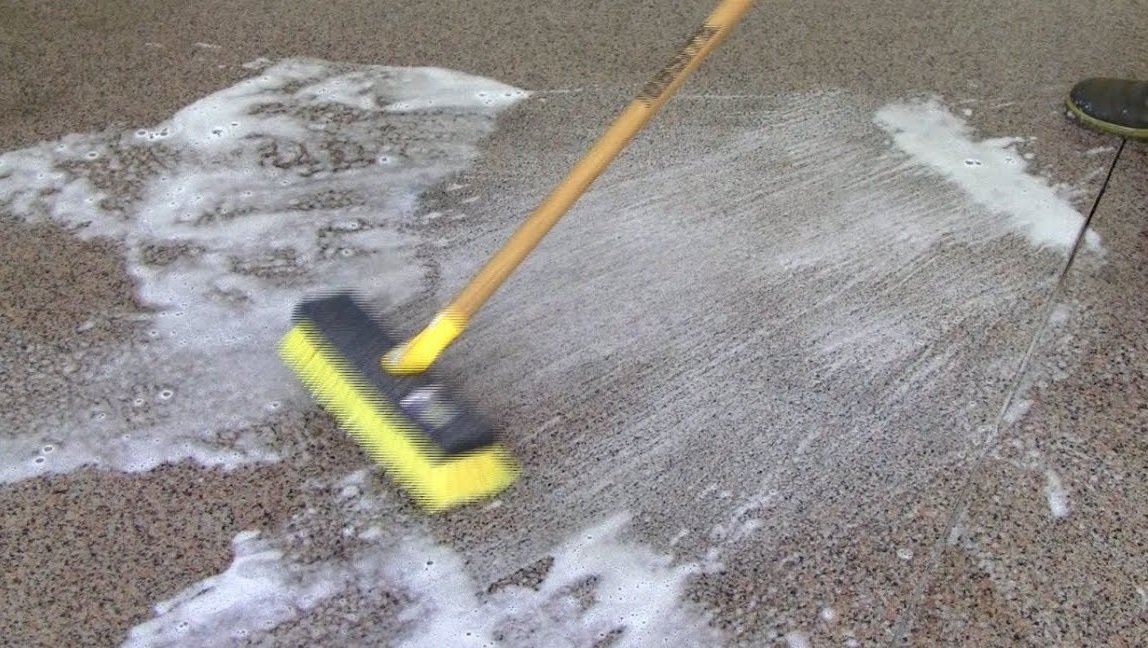 Exfoliated dirt is removed with a hard mop, brush or washing machine equipped with hard brushes (red or blue disc).
Exfoliated dirt is removed with a hard mop, brush or washing machine equipped with hard brushes (red or blue disc).
After cleaning the surface, the dirt and any emulsion must be carefully removed. This is best achieved by rinsing the surface with clean water and then removing the liquid, ideally with a vacuum cleaner. This operation is recommended to be carried out until all traces of dirt and detergents are completely removed. If the surface of your polymer floor has lost its appearance and received defects during operation, it can be very easily restored by performing an additional varnish protective coating after grinding and dedusting the surface layer.
Primary care:
In order to protect a highly decorative floor, initial care is especially important. It consists in applying a thin protective film to the coating, which protects the coating from dirt, scratches and other damage. The first application of the protective layer is carried out on a new, clean coating 5 days after its installation before the start of operation. It consists in the manual application of two layers of a special polishing agent. During operation, the film wears out and needs to be restored.
The first application of the protective layer is carried out on a new, clean coating 5 days after its installation before the start of operation. It consists in the manual application of two layers of a special polishing agent. During operation, the film wears out and needs to be restored.
Cleaning:
Cleaning is carried out daily or weekly depending on the degree of soiling of the floor. Cleaning can be done manually or mechanically.
Thorough cleaning:
Restoration of a new protective layer is carried out after removing the remnants of the old and thoroughly cleaning the floor. Thorough cleaning is carried out 1 time in 3 - 6 months or as needed. To do this, use a solution of a special potent cleaner. After application and 5-10 minutes of exposure, the old layer is cleaned with brushes and the residues are removed with a rag or mop. Finally, rinse the floor with plenty of clean water. Cleaning can be done manually or mechanically.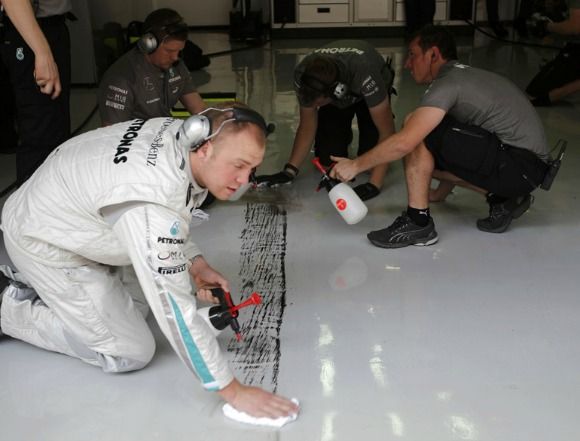 After the floor has dried, a new protective layer is applied.
After the floor has dried, a new protective layer is applied.
Stubborn stains:
Stains, heel marks, sticky stains can be removed with the same product used for thorough cleaning without dilution with water. In this case, you can not apply the product for more than 5 minutes. After 5 minutes, it is removed with a brush, sponge and rinsing with plenty of water.
Floor coverings are chemical resistant, seamless, antistatic and are used in industrial and civil engineering.
Floor maintenance consists of the following steps:
Do not use floor coverings:
 5 kg from a height of more than 1 m.
5 kg from a height of more than 1 m. To protect certain areas of the floor exposed to active impact, it is necessary to cover these areas with rubber mats or galvanized metal sheets, depending on the conditions of impact on the floor. Use special pads to protect the floor from being damaged by shelving legs.
Heat resistance of the coating when exposed to temperatures from minus 20 °C to 120 °C. With a coating thickness of 6 mm. the maximum operating temperature is 70 °C, with a coating thickness of 9mm. the maximum operating temperature is 100 °C. For short-term operation - up to 120 °C. The coating does not peel off under the influence of stresses arising from thermal shock or periodic temperature changes.
Floor coverings are resistant to mineral acids and alkalis up to 30% concentration, most dilute and many concentrated organic acids, fats, oils, kerosene, gasoline, organic solvents. It is possible to change the color of the coating when exposed to nitric, sulfuric and acetic acids with a concentration of 10% or more, and when cleaning the floor from dirt with DESO detergent. The least susceptible to aggressive agents: sandy yellow (RAL 1002), beige red (RAL3012) and pastel yellow (RAL 1034) colors. 9you can use solvents (solvent, turpentine, etc.), and then degrease and wipe dry.
The least susceptible to aggressive agents: sandy yellow (RAL 1002), beige red (RAL3012) and pastel yellow (RAL 1034) colors. 9you can use solvents (solvent, turpentine, etc.), and then degrease and wipe dry.
BLOOD, FRUIT JUICE, SODA WITH SYRUP, SAUCE, PASTE can be removed with warm water and/or a neutral detergent applied to a clean, unstained cloth.
WAX, CHEWING GUM must be carefully scraped off, then wiped with a cloth dampened with warm water. The floor covering is cleaned using washing machines with liquid extraction, with a disc or cylindrical brush with a bristle of medium hardness. Do not use machines with hard (steel brush, etc.), which can leave ring-shaped marks on the surface.
After wet (chemical) cleaning (degreasing), the surface must be washed with clean water. After cleaning, the floor covering must be dried before further use.
TIRE TRACKS AND RUBBER SOLE. Cleaning of the floor covering is carried out using alkaline cleaners (pH 7-10) and propylene circles of medium hardness.